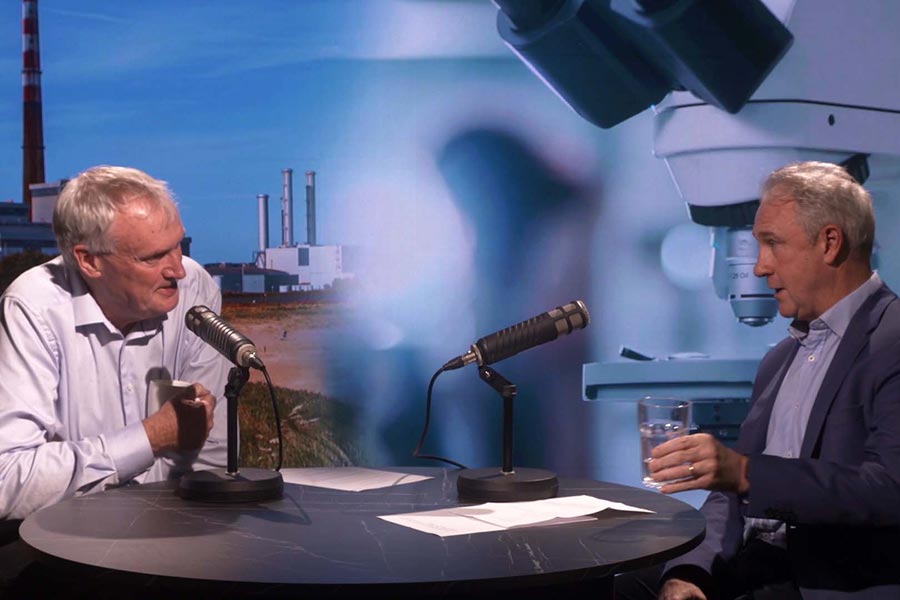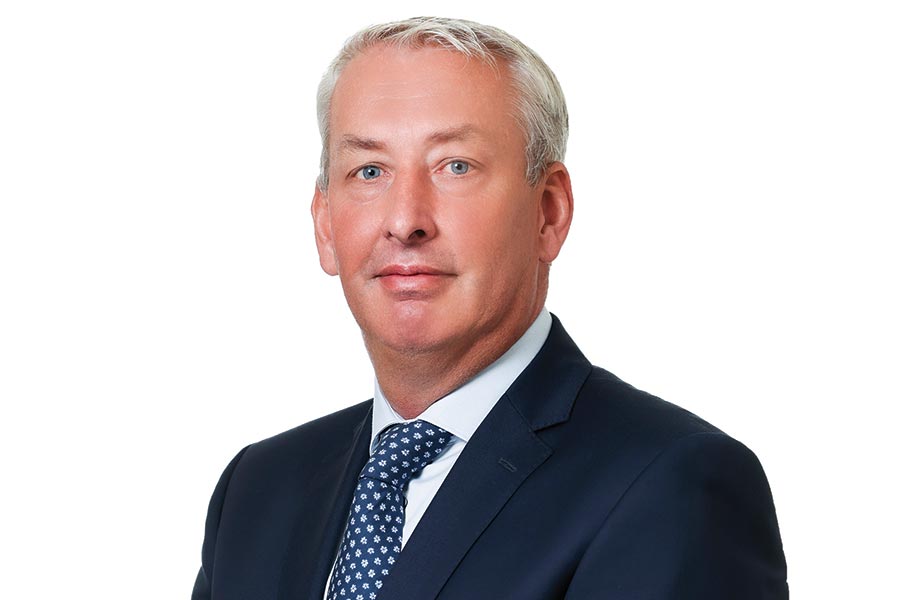Davy has revised its forecast for annual housing completions down by 5,000 from 42,000 to 37,500 due to higher construction costs, delays in water and grid connections and broader viability concerns.
The stockbroker said in its latest Irish economy forecast update that there remain "significant challenges" that are still be addressed if annual housing output is to exceed the 30,000 units built in 2024.
The number of commencements recorded in each year 2022 to 2024 would be consistent with 40,000 annual completions, which makes last year's total confounding.
Davy continues to expect that housing output will be higher this year (37,500) and next (43,000), citing the 39,000 houses and 30,000 apartments commenced last year.
The company's projections are based on a one-year lag for houses and a two-year lag for apartments once construction has commenced. However, Davy said policy reform and faster delivery of water and grid infrastructure is required to stimulate completions in future.
"Although the timing of when last year’s commencements would be delivered remains unclear, a large number of units have been granted planning permission in recent years without yet commencing construction," said Kevin Timoney, report author and chief economist at Davy.
"This has been partly attributed to planning delays, although other factors are also likely to be at play."
Davy currently predicts 50,000 units will be completed in 2027. The government wants to build 300,000 new homes by the end of the decade, requiring an annual completions of around 60,000 homes.
As a result of the easing bottleneck in new housing supply, Davy has predicted that property price growth will slow from an expected seven per cent this year to 5.5 per cent in 2026 and four per cent in 2027.
The report states that Ireland's "very strict" rent restrictions has contributed to a collapse in new private rental construction, but the ability of landlords to increase rents between tenancies "should improve the investment case" for rental accommodation.
The 4.8 per cent increase in modified gross national income (GNI*) measured last year was ahead of the Davy's 4.5 per cent forecast and driven by strong fundamentals.
The stockbroker said the 'real' economy will continue to expand at an annual rate of above four per cent to the end 2027, citing robust labour demand, especially in high-skill sectors, as evidenced by the 37 per cent increase in foreign direct investments approved by IDA Ireland during the first six months of 2025.
Labour supply has also been boosted by increased migration and rising labour force participation among women and older workers.
Government debt is projected to fall below 60 per cent of GNI* by 2026 while corporation tax receipts, threatened by the prospect of White House tariffs on high-value pharma exports, are expected to exceed €30 billion.
Inflation is set to remain below two per cent over the next two years, and consumer spending remains resilient in the face of flagging sentiment, supported by wage and employment growth.
HICP inflation is forecast to average 1.9 per cent this year, and 1.8 per cent and 1.5 per cent over the subsequent two years while consumer spending is likely to rise marginally from 3.5 per cent to 3.8 per cent and then 3.7 per cent year-on-year.
Despite said resilience, Davy did not discount the threat of rising global protectionism and the ongoing trade tensions as the EU and US seek a trade deal to avoid Donald Trump's threatened tariffs ahead of the new August 1 deadline.
"Although Ireland is expected to remain attractive to FDI in the near term, this risk highlights the need for domestic investment in housing and infrastructure," said Timoney.

"Geo-economic fragmentation risks may become more evident in the 2030s and 2040s, highlighting the need for an increased domestic base of industrial and services firms," he continued, adding that they "should be nurtured alongside ambitious targets to capitalise on European-level efforts to fill gaps in the single market" such as a functional capital markets union capable of channelling European savings and investments into local firms.
(Pic: Getty Images)











